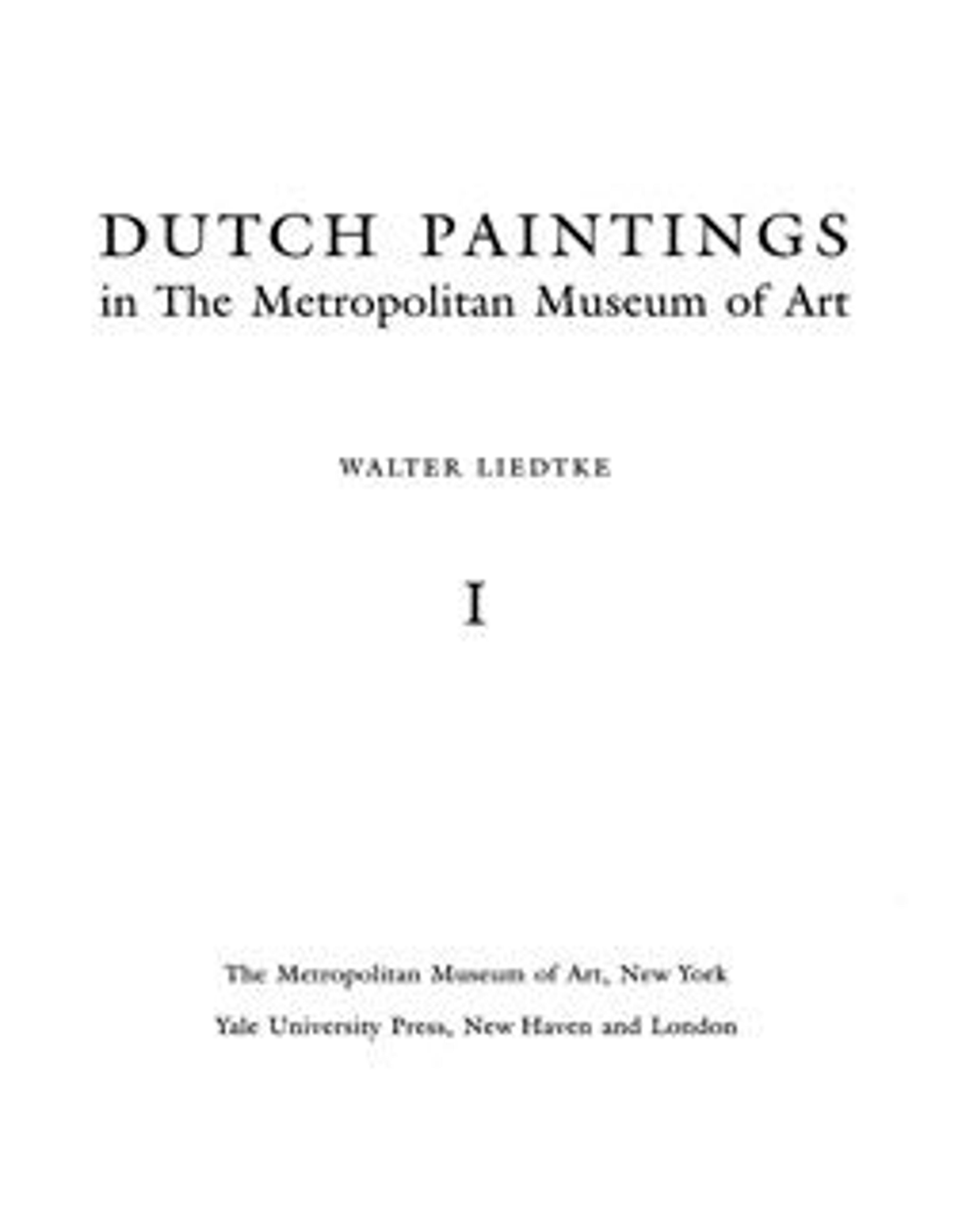The Sibyl
Although once a well-known Rembrandt, there is now a strong consensus that this canvas was painted about 1654–55 by his pupil, Willem Drost (1633–1659). The female type, the drawing of facial features, and the painterly execution of the costume are characteristic of Drost. The subject (which is rare in Northern Europe) and composition appear to have been inspired by a recent Italian example such as Domenichino's Cumaean Sibyl of 1616–17 in the Galleria Borghese, Rome. Drost worked in Italy from 1655 until his early death.
Artwork Details
- Title:The Sibyl
- Artist:Willem Drost (Dutch, Amsterdam 1633–1659 Venice)
- Date:ca. 1654
- Medium:Oil on canvas
- Dimensions:38 1/2 x 30 3/4 in. (97.8 x 78.1 cm)
- Classification:Paintings
- Credit Line:Theodore M. Davis Collection, Bequest of Theodore M. Davis, 1915
- Object Number:30.95.268
- Curatorial Department: European Paintings
More Artwork
Research Resources
The Met provides unparalleled resources for research and welcomes an international community of students and scholars. The Met's Open Access API is where creators and researchers can connect to the The Met collection. Open Access data and public domain images are available for unrestricted commercial and noncommercial use without permission or fee.
To request images under copyright and other restrictions, please use this Image Request form.
Feedback
We continue to research and examine historical and cultural context for objects in The Met collection. If you have comments or questions about this object record, please contact us using the form below. The Museum looks forward to receiving your comments.
